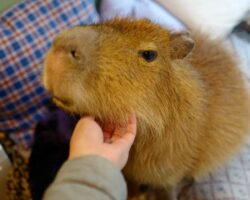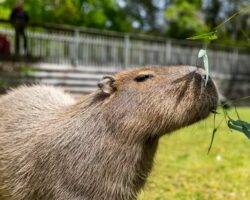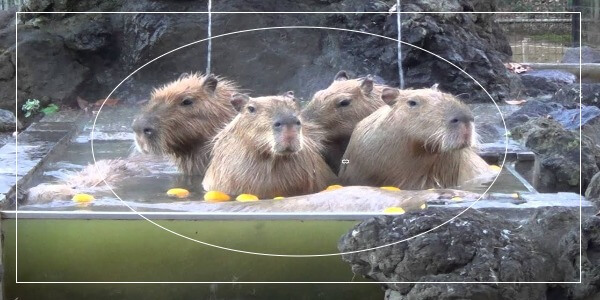Kangaroos are unique animals, and when you begin to think of them, you may find it difficult to classify them in a particular order or family.
These Australian animals have a special appearance and are characterized by their long back legs, bounding gait, sturdy tails, and pouches, which they use to carry their young ones. There are only four species of kangaroos alive and they are all herbivores.
Is the kangaroo a rodent? Or is it a mammal or marsupial? If you are searching to know what order or family the kangaroo falls in, it’s important to take some moments of your time to go through this article.
What are Kangaroos?
Rightly put, kangaroos are marsupials. As one of the three subgroups of mammals, kangaroos can also be classified as mammals or pouched mammals. Kangaroos have a short gestation period and when it’s time to give birth, they give birth to a tiny, underdeveloped joey, which is around one inch long.
The hind legs of the joey are barely noticed but their main feature is their tiny clawed forepaws, which they use to crawl back to their mother’s pouch. While the tiny joey is born alive and can move back to the pouch, it remains too underdeveloped and is so close to fetus form.
The kangaroo’s pouch is extremely important, especially for its young. This pouch is a place of shelter and incubation for the young joey. The pouch features four teats that produce different milk for the joey to feed on.

While in the pouch, the tiny joey can place a teat into its mouth. Afterward, the teat expands in the mouth of the little joey, where it remains firm and produces milk for it intermittently.
The young joey lacks the muscles to suck milk from its mother but when its jaw has fully fully developed, it can release from the treat and suck from it whenever it wants.
The kangaroo keeps its young in the pouch throughout the developmental stages. Once the young joey reaches six months or is fully formed, it can leave the pouch and spend some time outside it.
What Are Kangaroo Rats?

Kangaroo rats are rodents that are endemic to Australia. They are typically brown and have large heads, and extremely long hind legs, which earned them the name “kangaroo rat.”
Kangaroo rats have powerful feet that help them run and evade predators. These small rodents can leap up to 9 feet. Some of the common predators of kangaroo rats are snakes, foxes, bobcats, and owls.
Kangaroo rats create underground homes known as burrows to find shelter. They spend most of their time in their burrows sleeping and only come out to find food.
Kangaroo rats have existed for many years and occupy vast terrains and habitats, including desertlands. They can survive without drinking water in the desert for long periods. They extract all the water and moisture needed from feeding on seeds and other plants in the desert.
What Are Rodents, Mammals, and Marsupials?
Having disclosed that the kangaroos are marsupials, I believe discussing other families like rodents and mammals will help distinguish them from each other.
To start with, Marsupials are one of the largest families in the animal kingdom. They consist of roughly 300 different species, all exclusive to Australia. Examples of marsupials are possums, koala bears, sugar gliders, and Tasmanian devils.
Next, mammals are a familiar family, which is relatively large. Some categories of animals, including marsupials are mammals. There are more than 6,000 species of mammalian creatures in the world.
Mammals are known to give birth to their young alive and feed their young themselves – with milk. They tend to have fur on their bodies. There are two types of mammals living, they are:
- Placental.
- Monotremes.
- Marsupials.

Rodents are another large family in the animal kingdom. There are multiple rodent species in the world, with more than 2,000 species om existence.
The number of rodent species is overwhelming; they are found in various habitats and can live in different environments, including the wild, human homes, and societies. Some of the popular rodents are rats, beavers, mice, guinea pigs, voles, prairie dogs, and capybaras.
Differences between Rodents, Mammals, and Marsupials
There exist some distinctive differences between rodents, marsupials, and mammals, and we have provided a table below to help you know these differences with relative ease. After going through these differences, you would know which group the kangaroo falls in.
| FEATURES | MAMMAL | MARSUPIAL | RODENT |
| Location | Worldwide | Australasia and the Americas | Worldwide |
| Pouch | No | Yes | No |
| Continuous Growing Incisors | No | No | Yes |
| Sweat glands | Yes | No | No |
| Placenta | Depends on the subgroup | No | Yes |
| Offspring at birth | Depends on the subgroup | Tiny and undeveloped | Fully developed |
From the table above, you can see the disparities between the groups of animals. Nevertheless, we will look inwardly to learn more about the factors that differentiate these categories of animals.
1. Offspring
One of the features that distinguishes rodents, mammals, and marsupials is what their offspring looks like at the time of birth.
Both rodents and marsupials are subgroups of mammals. Rodents are placental mammals whereas marsupials are pouched mammals. The last group of mammals, monotremes, are egg-laying mammals. Let’s see what the offspring of each of these mammal subgroups look like at birth.
As placental mammals, rodents carry their babies in their stomachs (wombs) as an embryo. The placenta nourishes their embryos in the womb. The embryos are born when they are fully developed. Monotremes, including echidnas and platypuses, do not birth to live babies but lay eggs. However, they tend to nurse their young after they have been hatched.
Marsupials carry their young in their stomach for four or five weeks and after birth, their tiny, underdeveloped offspring known as “joeys,” see out the rest of their development in their mother’s pouch. Joeys can live in their mother’s pouch for several months before reaching full development.
Rather than laying eggs or feeding their young through their placenta, their fertilized eggs are surrounded by different chorion and amnion membranes. Even though their eggs are surrounded, it doesn’t take after the typical eggshell form like that of birds of monotremes.
Kangaroos have a relatively short gestation period of over 4 or 5 weeks. After birth, the young joeys crawl into their mother’s pouch, where they stay for several months to get fed and nourished.
2. Pouch
The pouch is another distinctive characteristic between marsupials and rodents. The defining and most important feature of marsupials is their pouch.
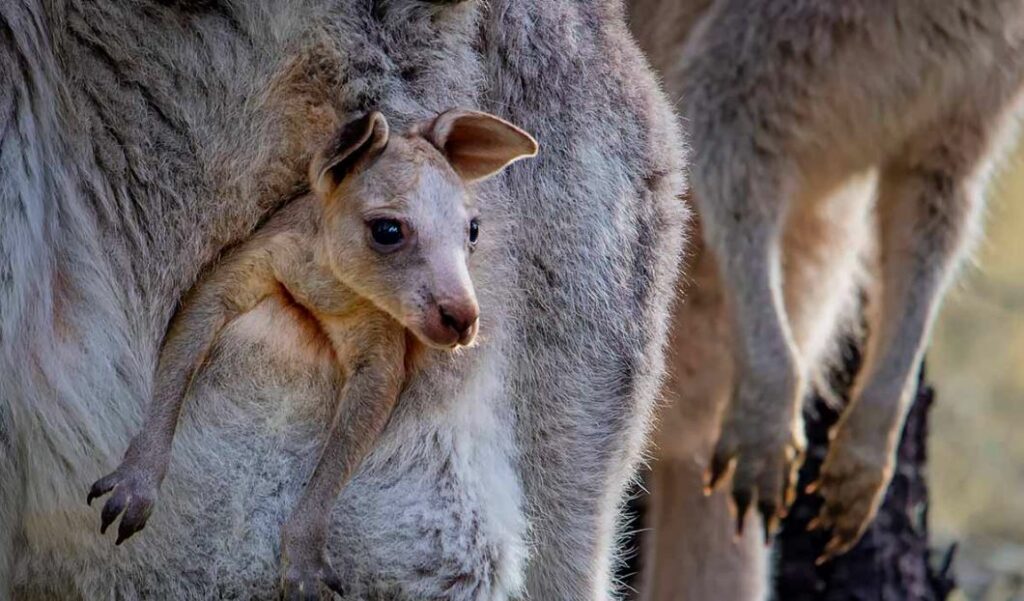
Marsupials can give birth to their offspring in a small, underdeveloped state. Their young are born at a very early stage, so their mother’s pouch is needed for their survival and development.
Female marsupials have pouches, so their offspring will crawl up to their stomachs, enter their pouch, and latch on to a teat. The pouch serves the purpose of the womb, it nourishes, feeds, and develops the baby. Rodents, on the other hand, do not have pouches neither do any mammals in the animal kingdom.
3. Teeth
Another distinguishing factor between mammals, marsupials, and rodents is their teeth. Rodents’ teeth are the main feature differentiating them from other mammals and members of the animal kingdom.
Rodents have a set of incisor teeth that never stop growing. So they have to use their continuously growing teeth to gnaw on several dense materials, including wood and bark. Doing this will wear down their teeth and keep them from becoming overgrown.
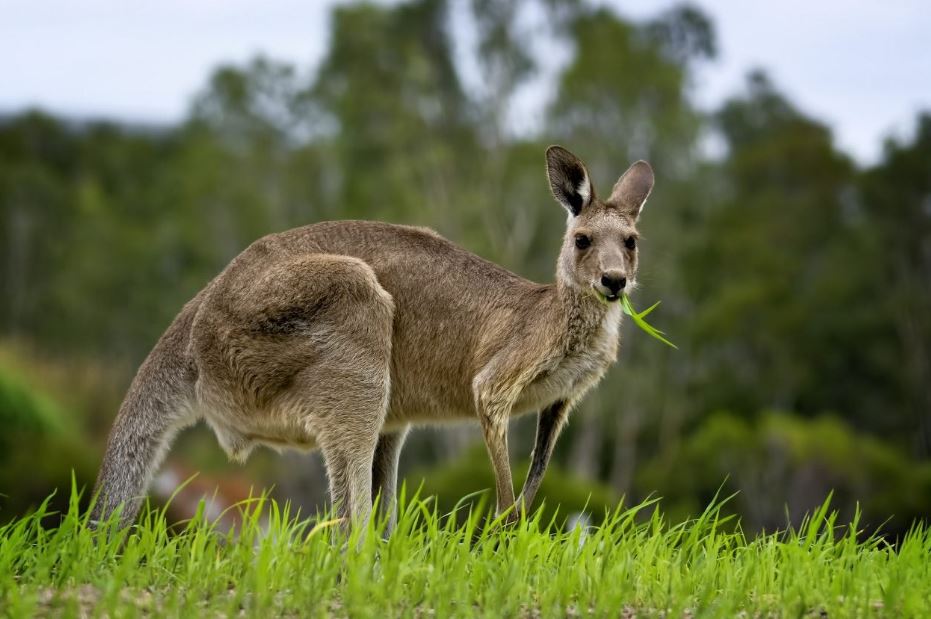
Marsupials have more teeth than rodents and placental mammals. They have around 40 and 50 teeth in their mouth. While most placental mammals have three molars and four premolars, marsupials have four mammals and three premolars on each side of their lower and upper jaw.
Additionally, marsupials have four or five incisors on both the upper and lower jaws but their incisors aren’t like the ever-growing teeth of rodents.
Conclusion
If you followed this article, you would have known the category or class the kangaroo falls into. Kangaroo belong to the category of marsupials, which is home to possums, sugar gliders, koala bears, and Tasmanian devils.
Animals are classified as marsupials due to their pouch, which they use to carry their offspring. Kangaroos are mammals with pouches, and are called “pouch mammals.”
Marsupials typically have a short gestation period and after the birth of their young, the young baby crawls into the pouch, where they latch on to their mother’s teat for food. Pouches are important to develop the young joey. The young joey can stay in the pouch for 6 months or up to 12 months.
In conclusion, kangaroos aren’t rodents. Rather, they belong to the family of marsupials, which are known for having pouches in front of their stomachs.

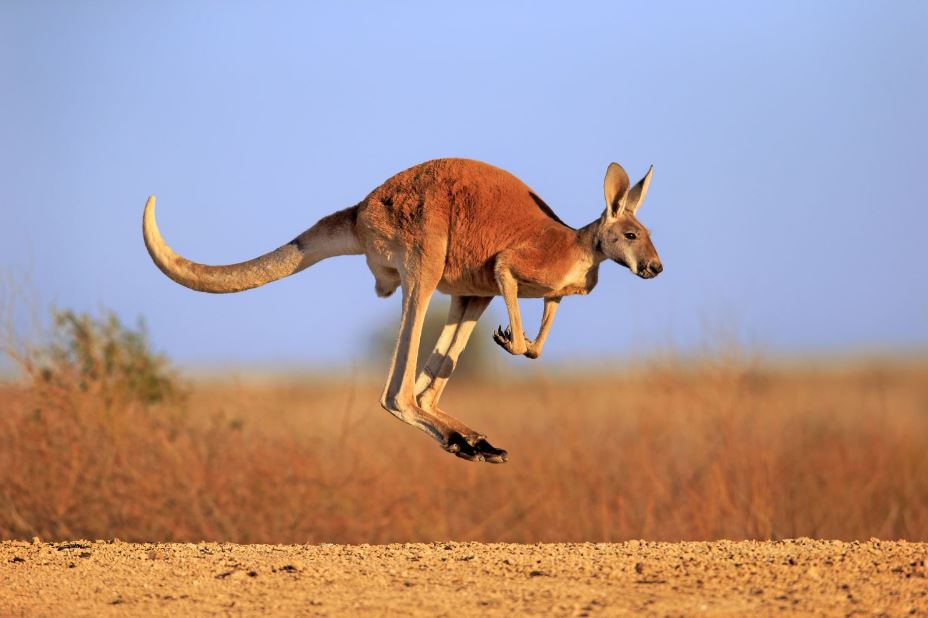
![Why Do Capybaras Not Have Tails? - [Answered] Why Do Capybaras Not Have Tails](https://capybaratips.com/wp-content/uploads/2023/03/Capy-Tail-250x200.webp)

![Capybara Meat And Its Culinary Uses - [Every You Should Know] Capybara Meat & Culinary Uses](https://capybaratips.com/wp-content/uploads/2023/03/Capybara-meat-250x200.webp)
